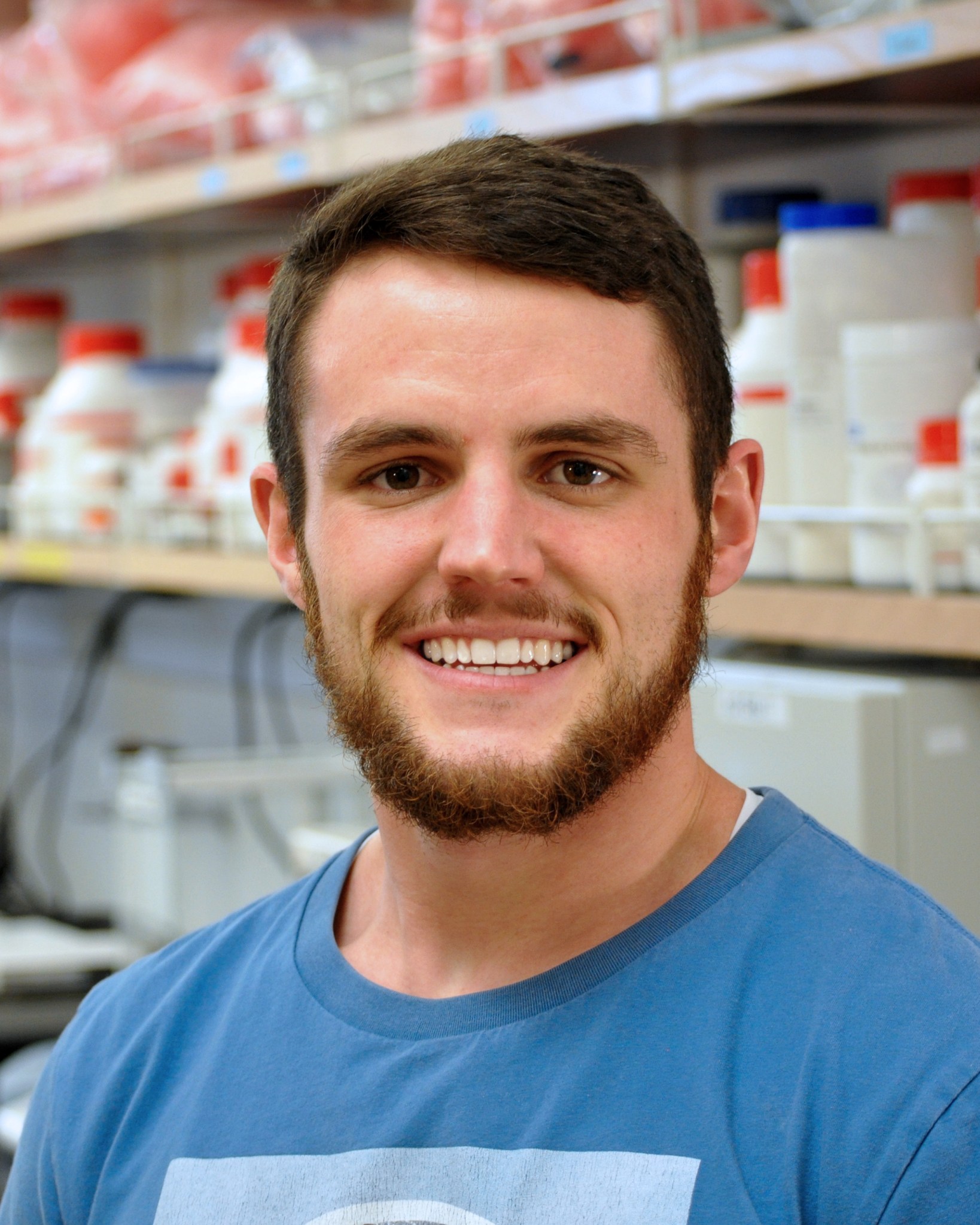Cameron Sargent
Washington University in St. Louis
Critical to the success of NASA missions is sustaining the health and performance of astronauts, both during and after the mission. Fundamental to maintaining health is the timely evaluation of each astronaut, by which treatment can be given when needed. However, many of the common clinical laboratory techniques used on Earth can not be used in space, meaning many important health biomarkers cannot be analyzed during missions. In my graduate work, I am developing hyperstable protein nanoscaffolds that can be used to assemble and process gold nanoparticles to make advanced plasmonic biosensors. I intend to use these advanced sensors to create a simple, paper device that can quantify key biomarkers in-flight. This device will be compatible with microgravity, small cargo limits, and already used equipment on board, making it a robust analytical platform. During development, this device will be functionalized to assay levels of insulin-like growth factor 1 (IGF-1), a key regulator of bone and muscle health that has also been linked to cancer development. To minimize sample volumes and maximize collection convenience, IGF-1 levels will be measured from saliva. To create this device, I will first use a hyperstable protein and advanced protein tools to create rigid protein nanostructures to which gold nanoparticles can be attached. I will then enclose these nanoparticles in a hollow, porous gold shell. Because the close spatial assembly of multiple nanoparticles and the encasing of nanoparticles with gold shells each provide significant improvements to plasmonic capabilities, I anticipate that a combination of the two will compound those enhancements and create sensors with high enough sensitivity to quantify important biomarkers in trace concentrations. Finally, I will functionalize these nanostructures to bind to IGF-1 and adhere them to small strips of filter paper that can then be used in analyzing biological samples. These advanced sensors will not only provide a powerful solution to a key challenge facing NASA and long-duration voyages of the future but also act as an analytical tool that can be used an a wide array of terrestrial applications as well.



























